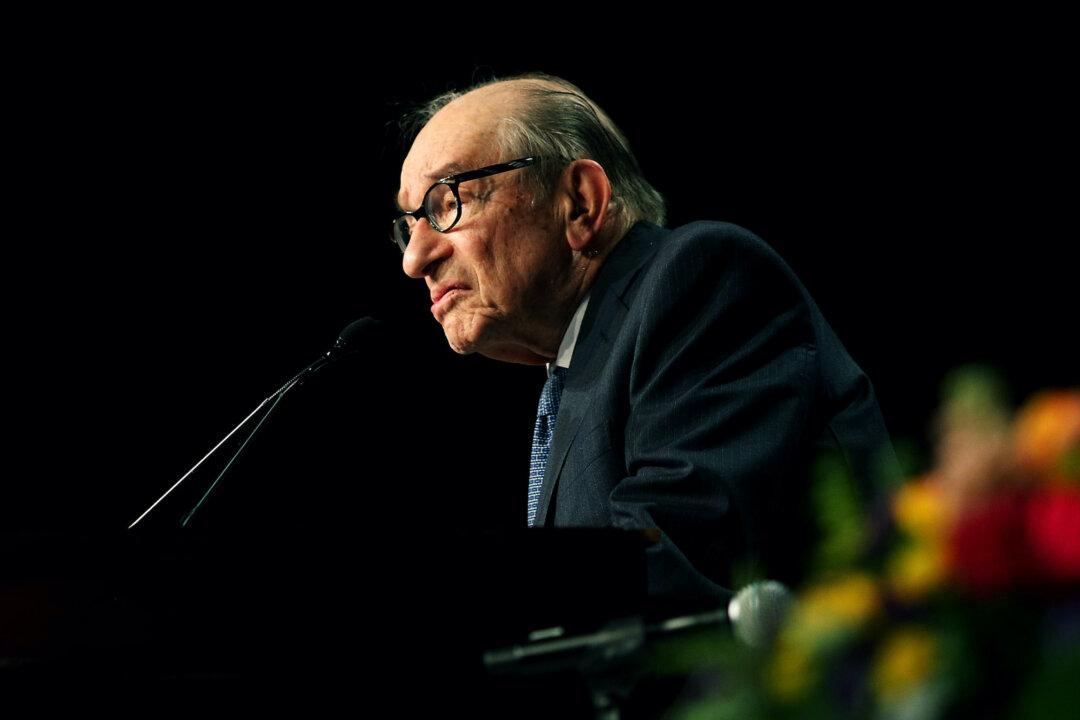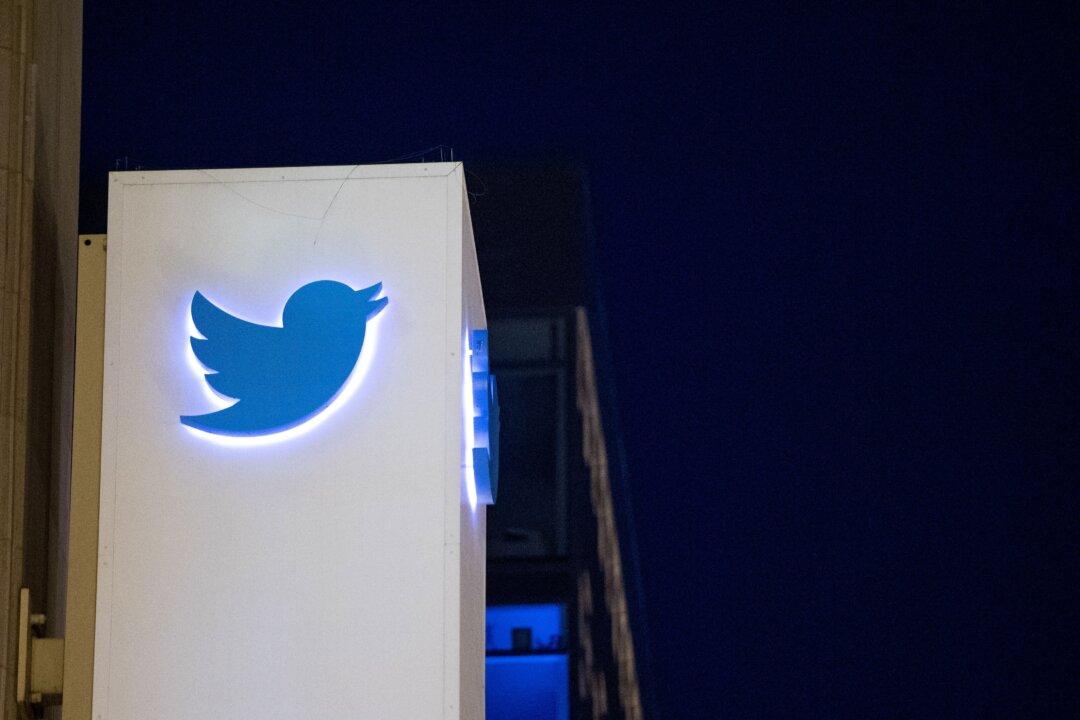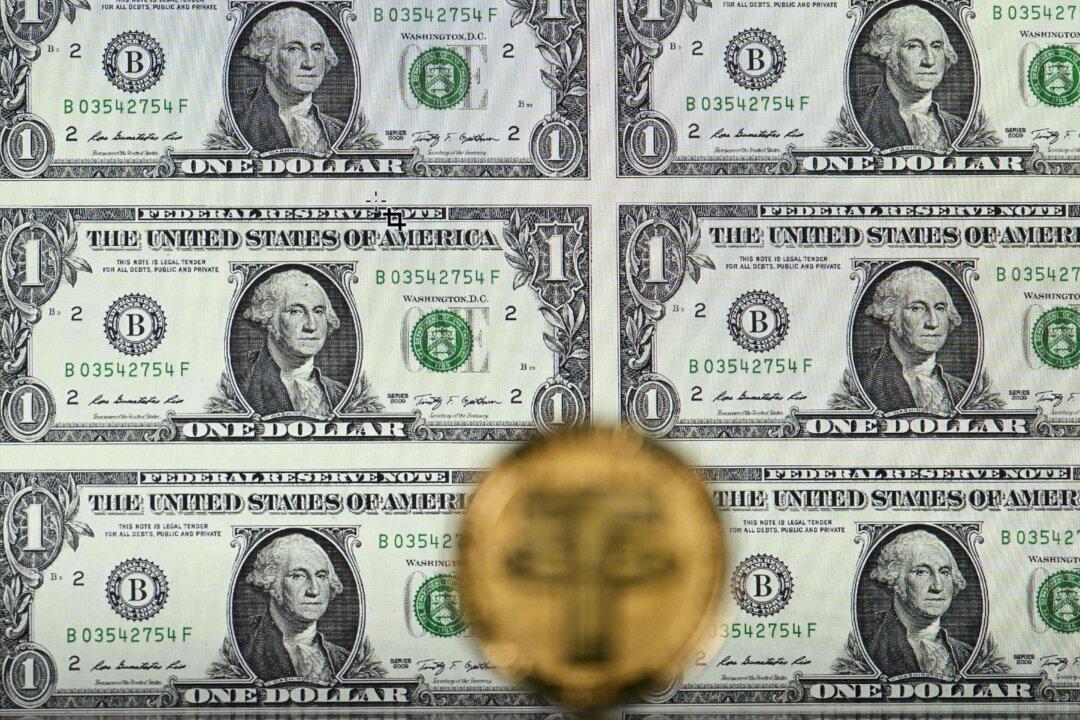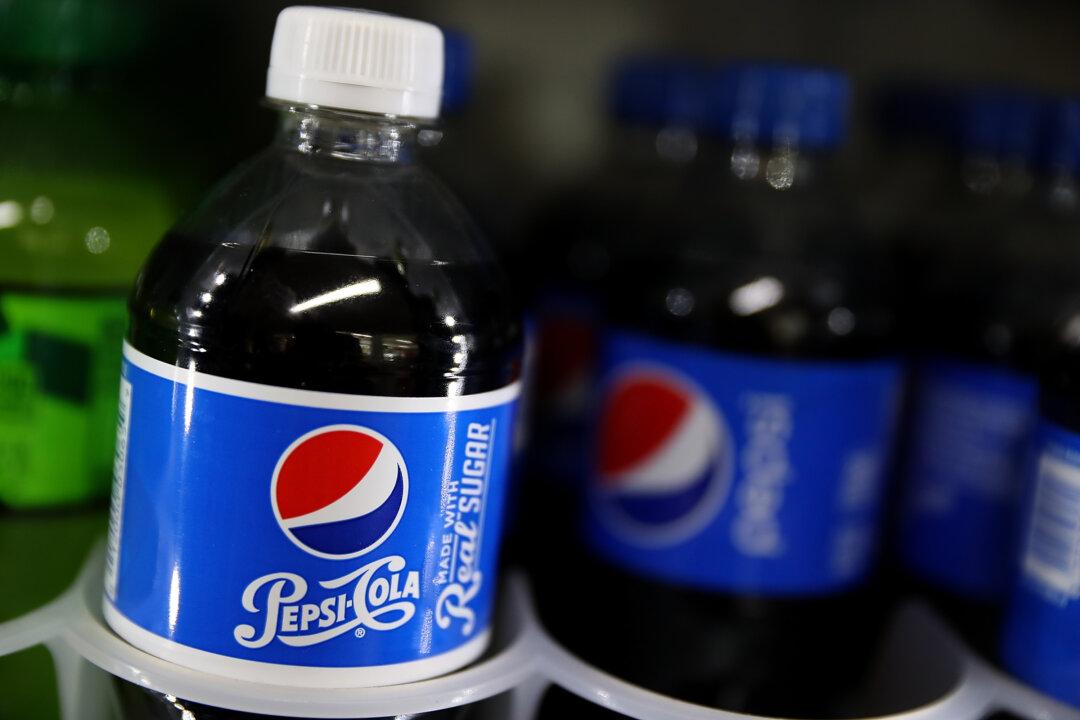Each day, Benzinga takes a look back at a notable market-related moment that happened on this date.
What Happened?
On Jan. 20, 1999, Federal Reserve Chairman Alan Greenspan issued a historic warning to Congress about stock market valuations.Where Was the Market?
The S&P 500 traded at 1,256.62 and the Dow Jones Industrial Average traded at 9,335.91.What Else Was Going On in the World?
In 1999, Ford Motor Company acquired Volvo. U.S. President Bill Clinton was acquitted of perjury and obstruction of justice charges after a five-week impeachment trial. U.S. average monthly rent was $645.Greenspan’s Warning
On Jan. 20, 1999, Fed Chair Alan Greenspan testified in front of the House Ways & Means Committee about the sharp rise in stock prices and the seeming disconnect between the equity market and underlying profit growth.In his testimony, Greenspan said investors were seemingly pricing in a much higher profit growth rate than recent corporate earnings reports had suggested.





